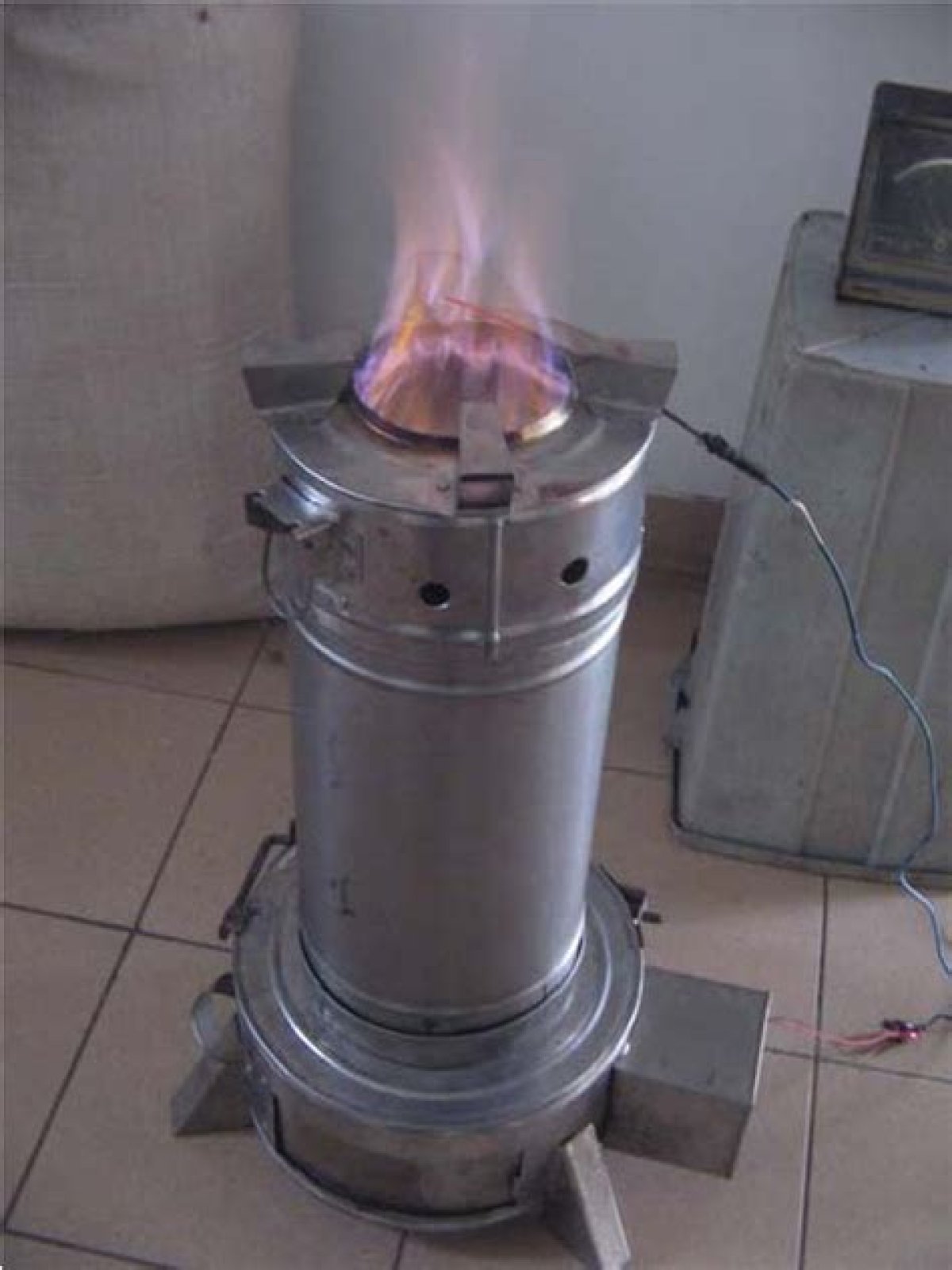When was rice husk stove invented?
- When was rice husk stove invented?
- What is a rice husk stove?
- What made Alexis Belonio pursue his career in science?
- What is the invention of Alexis Belonio?
- How does stove in a can work?
- Who is the greatest Filipino inventor?
- What is the by-product in burning rice husks in the stove?
- How does a Lo-Trau rice hull cooker work?
When was rice husk stove invented?
2003 Rice husk-powered gas stove Belonio started work relating to rice husks in 2003, at a time when there were high fuel prices. As an expert, he had already designed thirty devices such as paddy dryers and water pumps which can be used by low-income Filipino farmers.
What is a rice husk stove?
Rice-husk stove technology has been around for decades. It allows users to transform inedible husks—normally dumped or burned after rice is milled—into fuel. But early stoves didn’t generate sufficient heat to quickly cook food, and they spewed too much sooty smoke, making inside use unhealthy and dangerous.
How do you gasify rice husk?
The gasification process can be described in two steps. Step 1 is pyrolysis, which involves heating the rice husk at 500°C with no or limited air to produce gases, tar, oil, and char (carbonized husk). The gas generated from Step 1 is gasified at about 1,000°C in Step 2 to produce syngas or producer gas.
What did Alexis Belonio invent?
rice husks Prolific inventor Alexis Belonio invented a simple, gas-fired stove powered by rice husks, one of Asia’s most abundant farm by-product wastes. His low-cost, smoke-free stove for use in homes and cottage industries reduces fuel costs and minimizes greenhouse gas emissions. It is a God-given technology.
What made Alexis Belonio pursue his career in science?
Belonio, who also works as a researcher at the International Rice Research Institute and as an associate professor of agricultural engineering at Central Philippine University, said that he was motivated by the plight of poor farmers in the Philippines faced with the high cost of fuel for cooking.
What is the invention of Alexis Belonio?
stove
How do rice husks generate electricity?
They process paddy, using mostly the parboiling practice. The rice mills use the thermal energy of steam generated in boilers, which are fired by rice husk – a byproduct of paddy processing in the rice mills and which is globally well-known as very convenient source of dry biomass energy of reasonable heat value.
What gasification means?
Gasification is a process that converts organic or fossil-based carbonaceous materials at high temperatures (>700°C), without combustion, with a controlled amount of oxygen and/or steam into carbon monoxide, hydrogen, and carbon dioxide.
How does stove in a can work?
Fuel is poured into the stove and ignited, burning in the center. The flame heats the fuel and interior of the stove, causing the fuel to vaporize. When the temperature is high enough, vapor pressure causes fuel jets and a ring of flame.
Who is the greatest Filipino inventor?
Alfredo Anos, Sr. Anos Sr. is recognized as the godfather of Filipino inventors. He has made greater than 44 inventions and innovations that received multi-level recognition.
Are rice husk gas stoves dangerous?
The rice husk gas stove emits a flammable and poisonous gas. Make sure that the gas produced during operation is properly burned in the burner. DO NOT INHALE THE GAS EMITTED FROM THE STOVE BECAUSE IT IS TOXIC AND INJURIOUS TO HEALTH. The stove should only be operated in a well-ventilated place to avoid suffocation.
What is a Super Turbo rice husk stove?
A larger-scale super turbo rice husk stove that injects super-heated steam into the burning chamber was recently developed for small cottage industry use. By injecting super-heated steam into the stove’s burning chamber, a luminous pinkish-flame, which is rich in hydrogen gas, is obtained.
What is the by-product in burning rice husks in the stove?
The by-product in burning rice husks in the stove source of material as soil conditioner. Tests conducted on weight. materials such as metals sheet, bar, and wire mesh screens. used in the production of the stove. Standard parts of the
How does a Lo-Trau rice hull cooker work?
The Lo-Trau rice hull cooker is made of sheet metal and is lightweight (2.5kg). The user fills the stove’s main drum (1) with rice husk. The husk is ignited with a simple piece of paper, and an even burning process can then be regulated by the user. The main drum is topped off with husk when required.
